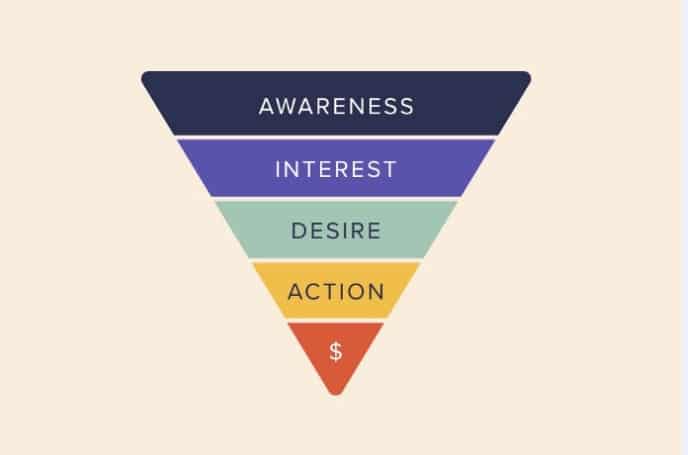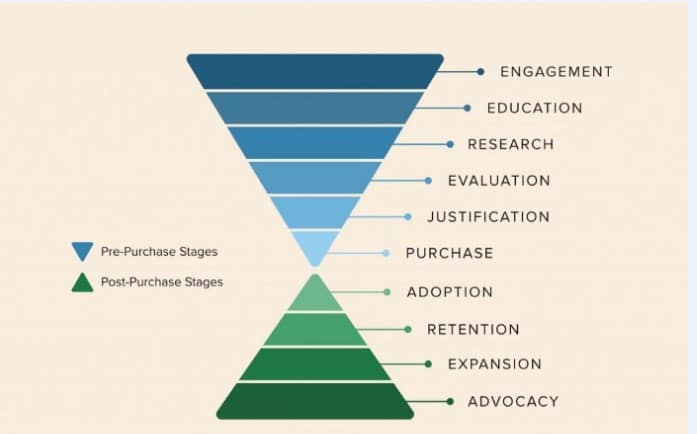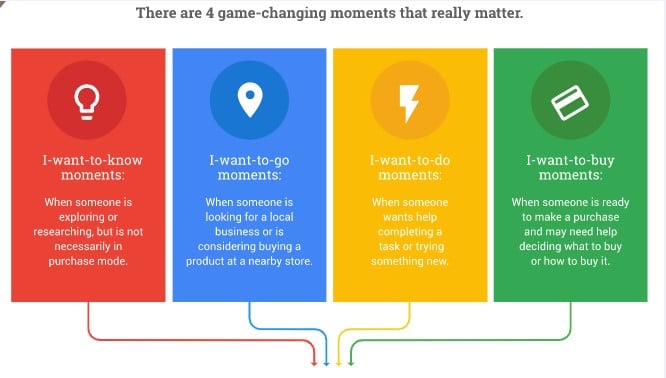Have you ever wondered what the initial step should be in developing a marketing strategy? Well, we’re here to inform you that the first step in developing any marketing strategy is to create a visual representation of the whole marketing funnel. Ain’t got a clue what it is, huh? Don’t worry; we’ve got this.
You might think of the Digital Marketing Funnel as a combination of the traditional marketing, selling, and buying funnel. It’s a plan of action that illustrates how people go from being unaware of your business to becoming paying clients. A marketing funnel is a useful tool for understanding the buyer’s journey, from first awareness to final purchase choices.
This causes them to plan the best possible marketing products to meet the requirements of the prospects and take them from the summit of the funnel (TOFU) to (BOFU).
Contents
4 Types of Digital Marketing Funnels
1. AIDA Model
The AIDA model is a tried-and-true structure that has been implemented successfully for years, and it is the most well-known of all the traditional marketing funnels. It is predicated on the idea that consumers go through a series of mental (or logical), emotional, and physical changes before making a final purchase decision. The acronym AIDA refers to the stages of awareness, interest, and action.
2. The Hourglass Model
Instead of having a narrow opening at the top, the current Digital Marketing Funnel is more like an hourglass. It’s like an expanded AIDA Model that accounts for what happens after a customer makes a transaction. Transforming fresh leads into paying clients is the main goal of the AIDA Model, which is why it details the whole pre-sales process in detail. Existing clients should be retained at all costs since acquiring new ones requires seven times as much work. In light of this, the Hourglass Model emphasizes client longevity.
3. Looping Model
The AIDA paradigm is chronological and directional, whereas the Looping Model, also known as Closed Loop Marketing, is non-linear and far less organized. Loops occur as a side effect of clients not progressing from one level to another. The Loop Model, in contrast to linear ones, is infinite and tailored to each individual customer’s experience. The four stages of the customer journey—Awareness, Consideration, Purchase, and Post-purchase Experience—are central to the Loop System, as they are in the AIDA and Hourglass models.
4. Micro-moments Model
Last but not least, we have Google’s own Micro-moments Model. It centers on the idea that different customers have different motivations at different times, and that these motivations are what ultimately determine their actions. Micro-moments are described by Google as the “decisive, context-aware moments” when a user reaches for a device to satisfy immediate information, location, or monetary demand.






